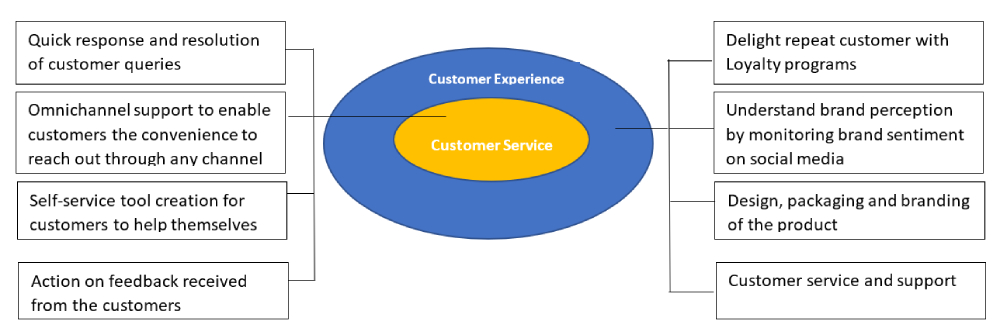Young Guns, New Bees or Veterans! Startups or Vintage! Culturally Progressive or Old School! Do take a note. The phenomenon of executive presence is gaining more prominence and permanence. Should you not exhibit executive presence, you could be on a career track that may derail soon enough than you comprehend the causes. The paradox looks like this – executive presence is strongly desired to be exhibited as it yields results, yet there is enough ambiguity in defining it conceptually.
“Executive presence is an unclear concept but one that reportedly has a substantial influence on successful leadership (Dagley & Gaskin, 2014).
Interesting though elementary, it is notable that what matters much ahead of how you conduct yourselves, is how your presence is perceived in the organization. Should you be the one who sets the tone in meetings, get on-board with confidence, has a sense of balance, composure, and dignity of manners, is functionally assertive to constructive conflict, can take a call upon and decide – you could be having it in you what the ‘Selectors’ are looking for in players to ‘play the big match’ and that might be Executive Presence.
Should you be one who knowingly or unknowingly is feeding to your cravings for control, dominance and popularity and realize too late that the bridges are being burnt before they are built – you would rather be perceived as the ringmaster. So good luck on any transformations that you attempt either on the people front or the process front.
Executive presence is subtle yet strong. Complex to define and measure but simple to feel and perceive. The best of the competency models and most of the validated and reliable psychometrics, not sure, if they can make an empirical presentation of executive presence.
Hewlett et al. established the “three pillars of executive presence: gravitas, communication, and appearance” (Hewlet et al). Gravitas is said to be the central feature that defines executive presence, and it consists of radiating “confidence” and “grace under fire,” working decisively with conviction and ability to be oneself respectfully, irrespective of anybody else’s presence. Gravitas is also about having the courage to do the right things and not land up doing the popular things. It is about being firm but being polite and sensitive with high degrees of emotional intelligence.
Communication is said to be the second most essential constituent manifesting in behaviors like fine conversational and articulation skills, having a ‘screen presence’ in a room to command a role and influence an audience.
The third but rather significant determinant of executive presence is the appearance and attire. It is not only about what to wear. It’s also about the way to wear it. The way you appear to others is what others see you as carrying yourselves and that casts the impression and judgements that people form about you. Can’t help! Organizations are made up of human beings and it is the rest. As Daymond John says – “Good grooming is integral and impeccable style is a must. If you don’t look the part, no one will want to give you time or money.”
Gavin R. Dagley and Cadeyrn J. Gaskin did research to understand the real meaning of executive presence. They drew insights from views collected from 34 professionals who were experts in efficacy and effectiveness of executives in business organizations.
The three key findings they had:
- Perception is not reality, yet executive presence is built upon how others perceive you on ‘certain characteristics’ of yours.
- These characteristics get visible as standing, repute, physical appearance, exuded confidence, communication ability, engagement skills, interpersonal relationship behaviour, integrity, intellectual depth in speaking and presenting, general competence and expertise, execution orientation, and sense of control in exercising power needs.
- Impressions casted during initial entries and contacts and the direct or indirect influence that is caused
Executive presence suffers from a stereotype that it is only in the context of men. The definition given by Sarah Greenberg; a Forbes Council Member clears the cloud – “Executive presence is the capacity to connect with others in a way that inspires. An authentic executive presence means doing this by being yourself.” And thus, any gender bias to executive presence is falsehood.
So, is there a way to increase your Executive Presence Quotient?
Research by Human Processes Scientists and Organizational Development Professionals reveals that executive presence is associated with deeply held inner values that manifest as outward behavior, increased self-awareness to acknowledge one’s own needs and willingly working to manage those needs, seems to help.
This blog has been written by Satyakki Bhattacharjee, Managing Partner at GrowthSqapes.



